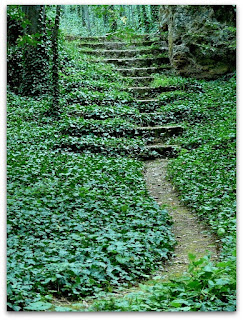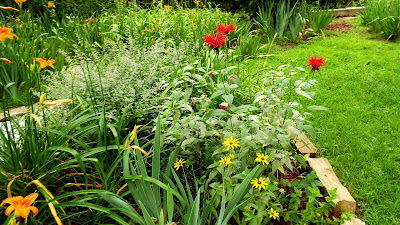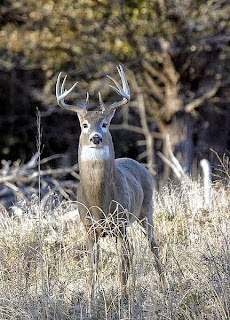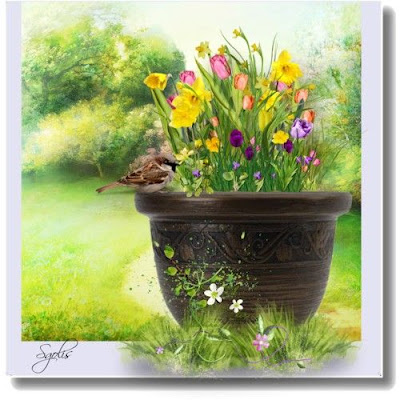When the spring flowers break ground I know it is time to start getting my planters ready for growing flowers, and vegetables. I generally plant seeds and grow everything in my greenhouse. Then transplant outdoors after the threat of spring frost has passed.
Garden Activities
This week my husband is helping me to remove late fallen leaves from the garden beds. We are using the rakes and find it is a good way to work the soil for upcoming planting. I will also cut back the ornamental grasses, as the days getting warmer and this will encourage new growth.
When the garden cleanup is completed we will start new projects. My husband will make some raised garden beds for my strawberries and I will start working on garden plans. I like to draw out a diagram every year for my annual gardens.
I am glad my husband is helping me to work in the gardens and do appreciate him making the raised garden beds.
Here are a few articles that I published about spring gardening and plants that I grow in my gardens.
1. Growing Carrots in a Home Garden
2. Signs of Spring
3. Growing Lettuce from Seed
4. Window Box Garden Tips
Working in your yard and garden is a great way to relieve stress. It is always fun to take before and after photographs of your garden. Then you will really know what you accomplished.
 |
| Retaining wall and privacy fence, garden by the driveway |





























